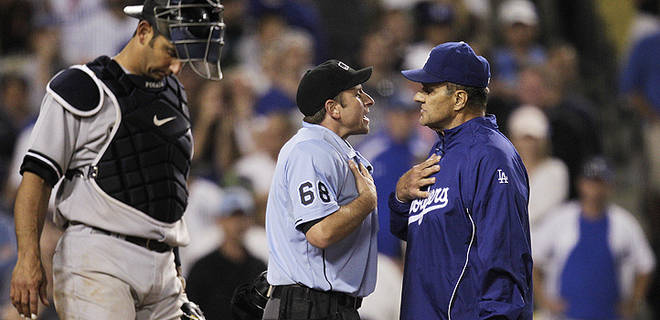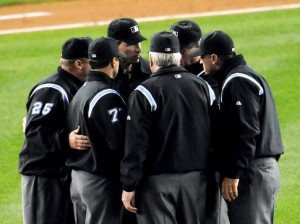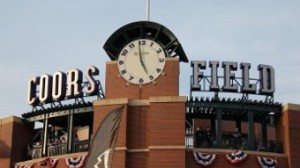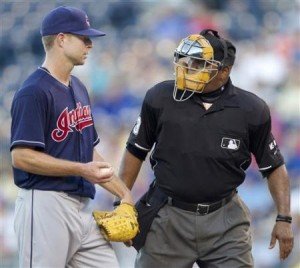How to Improve the Game of Baseball in an Instant Comments Off on How to Improve the Game of Baseball in an Instant

Executive VP of Baseball Operations argues that instant replay would slow down the game of baseball.
Joe Torre was recently quoted saying this about instant replay: “The thing is our game is a little unique. There’s not a lot of time stoppage, so to make sure that if we do implement replay you’re [not] going to slow this game down and you’re going to upset the rhythm of the game.”
The only way for instant replay to work if it is done in an instant.
Baseball has never used a clock in the game but if they use it for instant replay, it would really speed up the game.
If each replay was limited to 30 seconds and if each team only had two challenges per game, the game would only be increased by a minute or two at the most.
No more arguing with the umpire. If the manager has to toss out a red ball across the foul line to signify a challenge he won’t waste time getting all upset with any umpire again.
The way to make this work, is to only give the manager five seconds to decide if he wants to use up a challenge.
After five seconds if the red ball is not tossed across the white lines, then everyone gets to see all the replays.
There is no need to stop showing them in the park, because the manager did not object, so why should fans be upset if the call was bad or not?
The burden now lies with each team, to decide if they want to dispute any call.
If each team has only two challenges a game only two minutes would be added to the game. (If the team wins both challenges they would continue until getting one wrong.)
This only works if the umpires stay on the field, and watch the giant screen with all in the park at the same time.
After 30 seconds all four umpires would give their decision one at a time. If the verdict is tied two and two, then the one who made the original call gets to decide.
The technology is available on every big screen in every park in MLB.
Why can’t everyone look at the same play again?
Why is baseball afraid to show replays on big screens in every park?
All every fan wants to see every call be correct. Nobody wants to see a perfect game erased, because of a bad call by an umpire.
Baseball and instant replay were meant for each other, but as stated earlier the key word is instant.
Next we need to show every pitch to everyone in the park, to make the umpires follow the rules of the sport.



